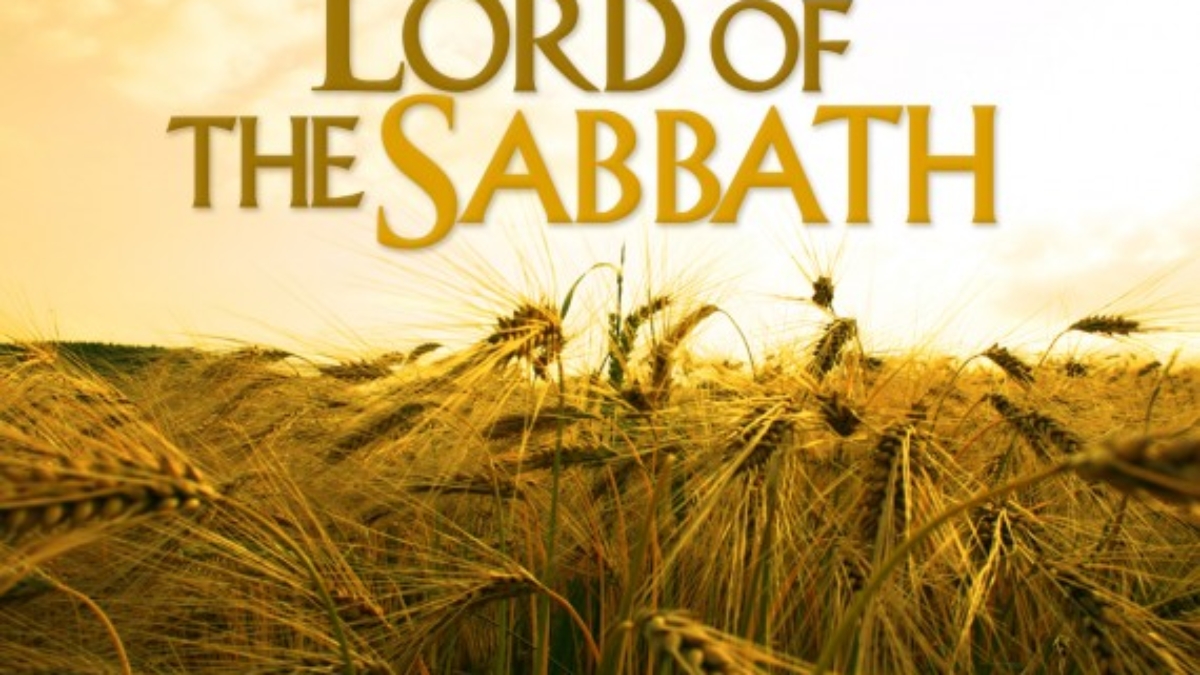In the passage, Jesus encounters a woman who has been crippled for eighteen years, a stark image of the burdens and constraints we face in our fallen world. Much like her bent-over condition, the stresses of money, family, or school can keep us bowed low, unable to stand upright or move freely. However, when Jesus sees her affliction, He calls her forward and heals her on the spot, demonstrating that He can untangle the knots that confine us. This miracle reminds us that no matter how long we’ve been stuck, Christ’s power and compassion are sufficient to straighten what has been bent for years.
Despite this amazing act of mercy, the synagogue leaders object to healing on the Sabbath, illustrating a legalistic mindset that values rules over people. Jesus responds by highlighting God’s true intention for the Sabbath: setting His beloved children free rather than burdening them with more constraints. Just as He refused to let the letter of the Law overshadow the dignity of the crippled woman, He also calls us to recognize when our own rule-keeping or perfectionism blinds us to God’s grace.
Ultimately, Christ is the Lord of the Sabbath, and genuine rest is found in embracing His victory, not in exhaustively meeting a checklist of demands. By healing on the Sabbath, Jesus reveals that rest in God is about freedom-physically, spiritually, and relationally. The heart of the Sabbath is a celebration of God’s completed work, dating back to Creation when He set aside a day of true peace and renewal for humanity.
As we approach Lent and look toward Easter, we’re reminded that Christ came to release us from every crippling power of sin and the world’s oppressive structures. When we allow Him to loosen our bonds, we step into a new realm of freedom where His grace supports us, lifting our heads and enabling us to live uprightly as part of His Kingdom.
0


Add a Comment